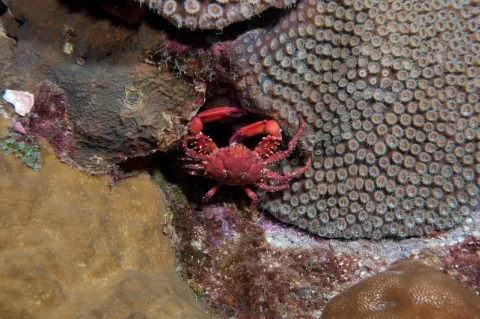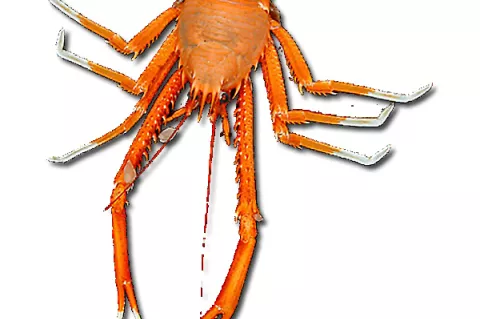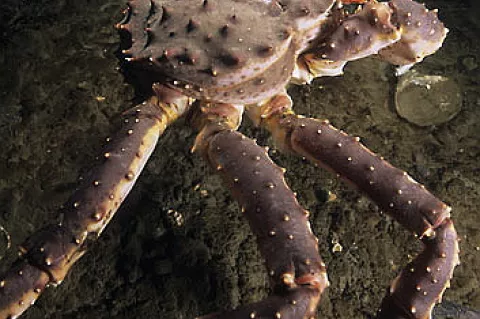Crabs at risk due to coral reef loss
Such crabs have specially evolved to a more compact size so that they can hide in the nooks and small spaces within the coral reefs.
However, as coral reefs are being progressively lost worldwide (by as much as 80 percent in the Caribbean), these crabs risk losing their homes.
This conclusion was reached after Post Doctoral Associate Dr Adiël A. Klompmaker and his team compiled the body size measurements of 792 species of prehistoric crabs and lobsters, and concluded that habitat appears to be a factor in the evolution of crustacean size.
- Read more about Crabs at risk due to coral reef loss
- Log in to post comments





